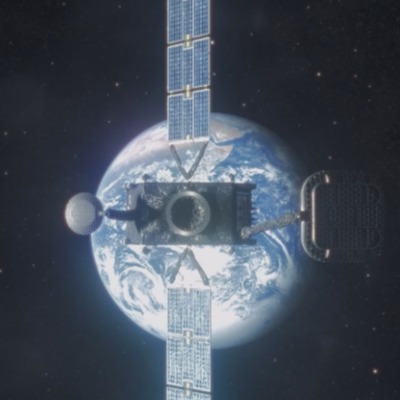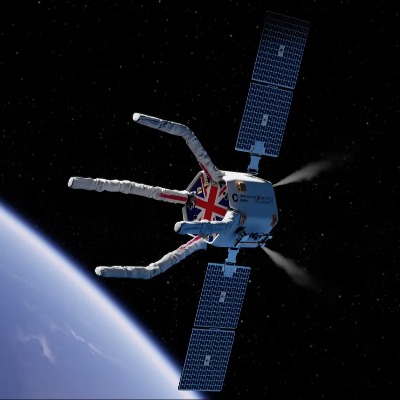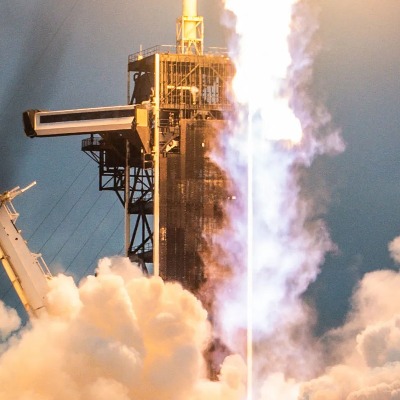Artemis 2 Moon Astronauts Autograph Their Own Rocket 1 Year Before Launch

In a symbolic gesture marking a significant milestone for NASA's Artemis program, the four Artemis 2 astronauts signed their names on a piece of their Orion spacecraft adapter on Monday, November 27, 2023. This momentous occasion took place at NASA's Marshall Space Flight Center in Huntsville, Alabama, just one year before the crew is scheduled to embark on their historic journey around the Moon.
The Orion spacecraft adapter, a critical component that connects the Orion spacecraft to the Space Launch System (SLS) rocket, will serve as a permanent reminder of the astronauts' dedication and unwavering commitment to NASA's Artemis mission. The autographed adapter will be mounted onto the SLS rocket during pre-launch preparations, carrying the astronauts' signatures along with them as they venture into the vast expanse of space.
The Artemis 2 crew, comprising Raja Chari, commander; Jessica Watkins, pilot; Josh Cassada, mission specialist; and Kayla Barron, mission specialist, expressed their pride and excitement about this unique opportunity. "It's an honor to sign our names on the spacecraft that will carry us around the Moon," remarked Raja Chari, Artemis 2 commander. "This is a testament to the incredible teamwork and dedication of the entire Artemis team, and we are incredibly grateful to be a part of this historic mission."
The signing ceremony marked a pivotal moment in the Artemis program, symbolizing the unwavering spirit of exploration and the collective efforts of countless individuals who have contributed to making this mission a reality. As the Artemis 2 crew prepares for their upcoming journey, they carry with them the hopes and aspirations of humanity, paving the way for future lunar exploration and the eventual establishment of a permanent human presence on the Moon.
NASA's Artemis program is a bold and ambitious endeavor to return humans to the Moon by 2025 and establish a sustainable human presence there for the first time in history. The program will pave the way for future exploration of Mars and beyond, advancing our understanding of the universe and inspiring generations to come.
The Artemis program is a robotic and human Moon exploration program led by the United States' National Aeronautics and Space Administration (NASA) along with six major partner agencies— the European Space Agency (ESA), the German Aerospace Center (DLR), the Japan Aerospace Exploration Agency (JAXA), the Canadian Space Agency (CSA), the Israel Space Agency (ISA), and the Italian Space Agency (ASI).[9][10][11] The Artemis program is intended to reestablish a human presence on the Moon for the first time since the Apollo 17 mission in 1972. The main parts of the program are the Space Launch System (SLS), the Orion spacecraft, the Lunar Gateway space station, and the commercial Human Landing Systems. The program's long-term goal is to establish a permanent base on the Moon to facilitate the feasibility of human missions to Mars.
The Artemis program is a collaboration of government space agencies and private spaceflight companies, bound together by the Artemis Accords and supporting contracts. As of September 2023, twenty-nine countries and one territory had signed the accords,including traditional U.S. space partners (such as the European Space Agency and agencies from India, Canada, Japan, and the United Kingdom) and emerging space powers (such as Brazil, South Korea, Mexico, and the United Arab Emirates).
The Artemis program was formally established in 2017, during the Trump administration. Many of its parts, such as the Orion spacecraft, were developed during the previous Constellation program (2005–2010), during the presidency of George W. Bush, and after its cancellation, during the Obama administration. Orion's first launch, and the first use of the Space Launch System, was originally set in 2016, but was rescheduled and launched on 16 November 2022 as the Artemis 1 mission, with robots and mannequins aboard. According to plan, the crewed Artemis 2 launch will take place in 2024, the Artemis 3 crewed lunar landing in 2025, the Artemis 4 docking with the Lunar Gateway in 2028, and future yearly landings on the Moon thereafter. However, some observers note that the program's cost and timeline are likely to be overrun and delayed




